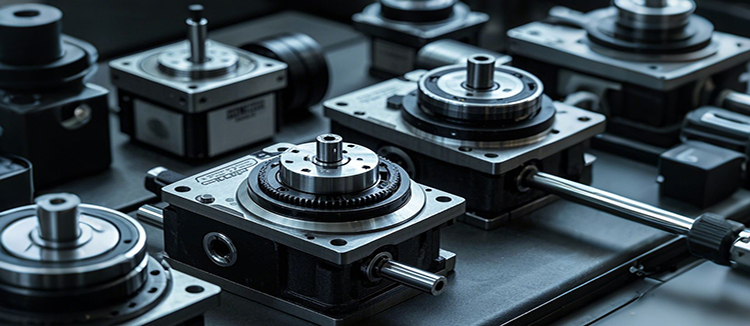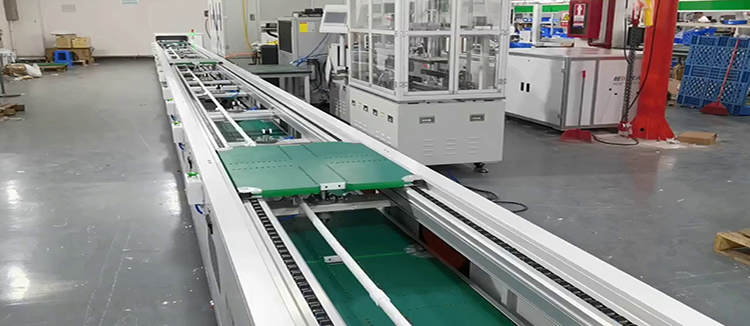Understanding the Role and Benefits of Harmonic Reducer in Modern Machinery
Harmonic reducers, also known as harmonic drives, are precision mechanical devices that are widely used in various industries due to their unique properties and high efficiency. These reducers are designed to transmit motion and torque from a high-speed input to a slower output while maintaining a high reduction ratio. In this article, we will explore the role of harmonic reducers in modern machinery, their benefits, and how they contribute to the advancement of technology.

A harmonic reducer operates on the principle of elliptical motion, which is generated by a wave generator. The wave generator, in conjunction with the flex spline, creates a harmonic motion that is then transferred to the output shaft. This unique design allows for a compact and lightweight construction while providing high torque and precision. The efficiency of a harmonic reducer can reach up to 90%, making it an ideal choice for applications where high precision and efficiency are required.

The role of harmonic reducers in modern machinery is multifaceted. They are commonly used in applications such as robotics, aerospace, medical equipment, and industrial automation. In robotics, harmonic reducers are critical components that enable precise control of robotic arms and joints, ensuring smooth and accurate movements. In aerospace, they are used in satellite positioning systems and spacecraft orientation mechanisms, where high precision and reliability are paramount. In medical equipment, harmonic reducers can be found in surgical instruments and diagnostic devices, providing the necessary precision for delicate procedures. Lastly, in industrial automation, they are used in precision positioning systems and conveyor systems, enhancing the overall efficiency and accuracy of the production line.
The benefits of using harmonic reducers are numerous. One of the most significant advantages is their high reduction ratio, which can range from 50:1 to 200:1, depending on the specific model. This high reduction ratio allows for the conversion of high-speed, low-torque input to low-speed, high-torque output, which is essential in many industrial and precision applications. Additionally, harmonic reducers are known for their compact size and light weight, which makes them ideal for applications where space and weight are critical factors.

Another advantage of harmonic reducers is their long service life and low maintenance requirements. Due to the precision engineering and high-quality materials used in their construction, harmonic reducers can operate for extended periods without the need for frequent maintenance or replacement. This not only reduces downtime but also lowers the overall cost of ownership for the machinery in which they are installed.
Furthermore, harmonic reducers offer excellent backlash characteristics, which is crucial for applications that require precise positioning. Backlash is the amount of play or lost motion between the input and output of a gear system. A harmonic reducer's design minimizes backlash, ensuring that the output shaft moves exactly as the input shaft dictates, without any lag or deviation.
Lastly, harmonic reducers are highly adaptable and can be customized to meet specific application requirements. This adaptability allows engineers to design systems that are tailored to their exact needs, whether it be for speed, torque, or precision. This customization capability is a significant benefit, as it enables the creation of highly efficient and effective machinery that can operate at peak performance.
In conclusion, harmonic reducers play a vital role in the modern machinery landscape. Their high efficiency, precision, and adaptability make them an essential component in a wide range of applications. As technology continues to advance, the demand for harmonic reducers is likely to grow, further solidifying their position as a critical element in the world of precision motion control.










